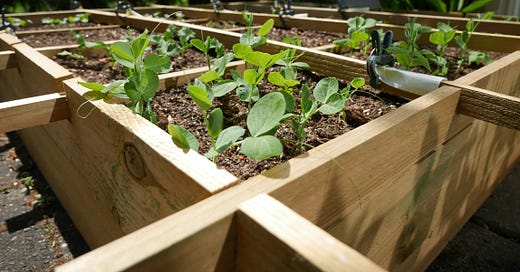Hi, guys!
I’ve received several emails from readers who say they’re disappointed they can’t grow vegetables because they don’t have enough property or can’t fit a large enough raised bed to make it worth the effort. But you really don’t need a quarter acre of land to have a sub…
Keep reading with a 7-day free trial
Subscribe to The Weekly Dirt with Jessica Damiano to keep reading this post and get 7 days of free access to the full post archives.



